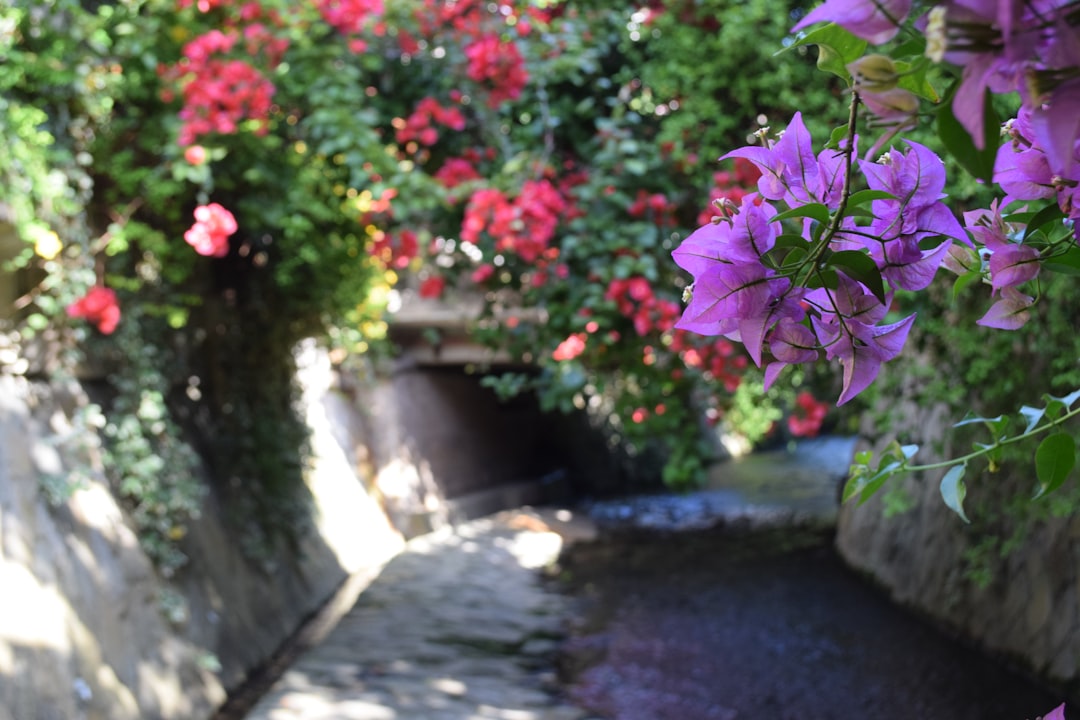Unveiling the Secrets of Hop Tree Growth in Shady Spots

The hop tree, a moderately sized native tree, holds a special allure for gardeners seeking to add a touch of natural beauty to shady locations. In this article, we will explore the essential growing tips that will help you cultivate a thriving hop tree in your garden.
### Understanding the Hop Tree
Before delving into the growing tips, it's important to have a basic understanding of the hop tree. The hop tree, scientifically known as Ptelea trifoliata, is a deciduous tree that is native to North America. It typically grows to a height of 15 to 30 feet and has a spread of 10 to 20 feet. The tree is known for its trifoliate leaves, which are composed of three leaflets, and its small, greenish-white flowers that bloom in the spring. The flowers are followed by winged fruits that resemble hops, hence the name hop tree.
### Choosing the Right Location
One of the most important factors in growing a healthy hop tree is choosing the right location. As mentioned earlier, the hop tree prefers shady locations. It can tolerate partial shade, but it will thrive in full shade. When selecting a location for your hop tree, look for an area that receives less than six hours of direct sunlight per day. Avoid planting the tree in areas that are exposed to strong winds, as this can damage the branches and leaves.
### Soil Requirements
The hop tree prefers well-drained soil that is rich in organic matter. It can tolerate a wide range of soil types, including sandy, loamy, and clay soils. However, the soil should be slightly acidic to neutral, with a pH range of 5.5 to 7.0. Before planting your hop tree, it's a good idea to test the soil to determine its pH level. If the soil is too acidic, you can add lime to raise the pH level. If the soil is too alkaline, you can add sulfur to lower the pH level.
### Planting the Hop Tree
Once you have chosen the right location and prepared the soil, it's time to plant your hop tree. The best time to plant a hop tree is in the spring or fall. When planting the tree, dig a hole that is twice as wide and deep as the root ball. Place the tree in the hole and backfill with soil, making sure to tamp down the soil around the roots to remove any air pockets. Water the tree thoroughly after planting to help settle the soil.
### Watering and Fertilizing
Proper watering and fertilizing are essential for the health and growth of your hop tree. The tree should be watered regularly, especially during the first few years after planting. Water the tree deeply once or twice a week, depending on the weather conditions. Make sure the soil is moist but not waterlogged. Overwatering can lead to root rot, which can kill the tree.
In addition to watering, the hop tree should be fertilized regularly. Apply a balanced fertilizer, such as a 10-10-10 fertilizer, in the spring and fall. Follow the instructions on the fertilizer package for the correct application rate. Avoid overfertilizing, as this can lead to excessive growth and weak branches.
### Pruning and Maintenance
Pruning is an important part of hop tree maintenance. Pruning helps to shape the tree, remove dead or damaged branches, and promote healthy growth. The best time to prune a hop tree is in the late winter or early spring, before the new growth begins. When pruning the tree, use sharp, clean pruning shears to make clean cuts. Avoid pruning too much of the tree at once, as this can stress the tree and reduce its overall health.
In addition to pruning, the hop tree should be inspected regularly for pests and diseases. Common pests that can affect the hop tree include aphids, scale insects, and spider mites. If you notice any signs of pest infestation, such as yellowing leaves or sticky residue on the leaves, treat the tree with an appropriate insecticide. Common diseases that can affect the hop tree include leaf spot, powdery mildew, and canker. If you notice any signs of disease, such as brown spots on the leaves or cankers on the branches, treat the tree with an appropriate fungicide.
### Conclusion
By following these essential growing tips, you can cultivate a healthy and thriving hop tree in your garden. The hop tree is a beautiful and versatile tree that can add a touch of natural beauty to any shady location. With proper care and maintenance, your hop tree will provide you with years of enjoyment.